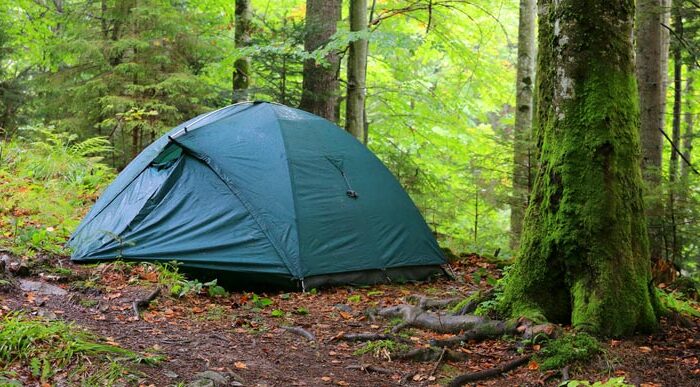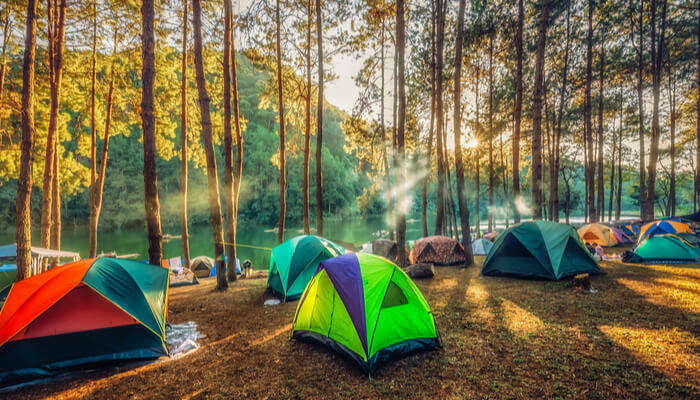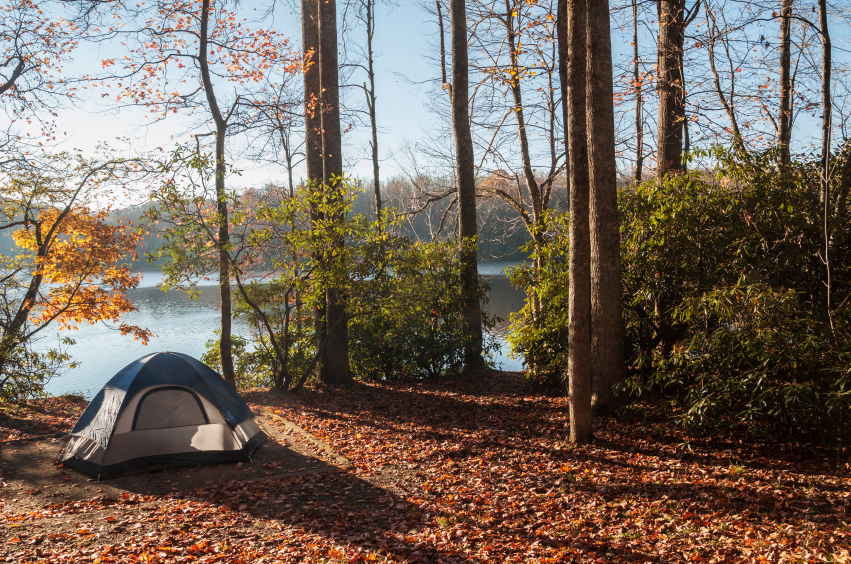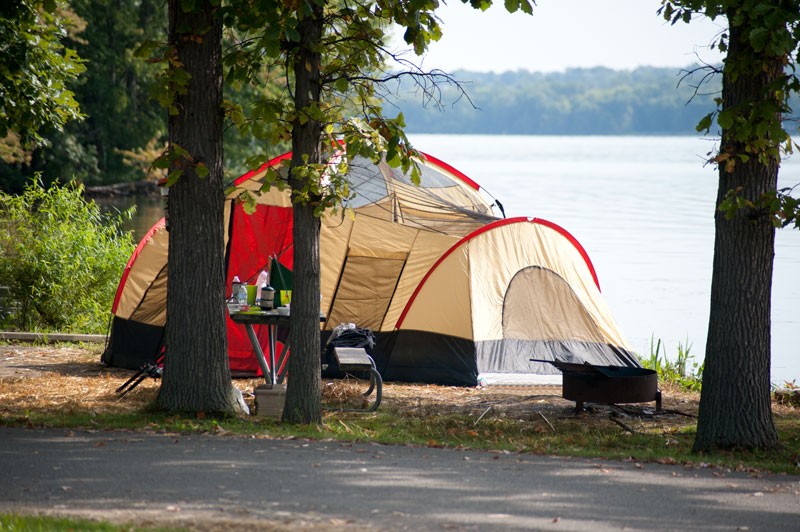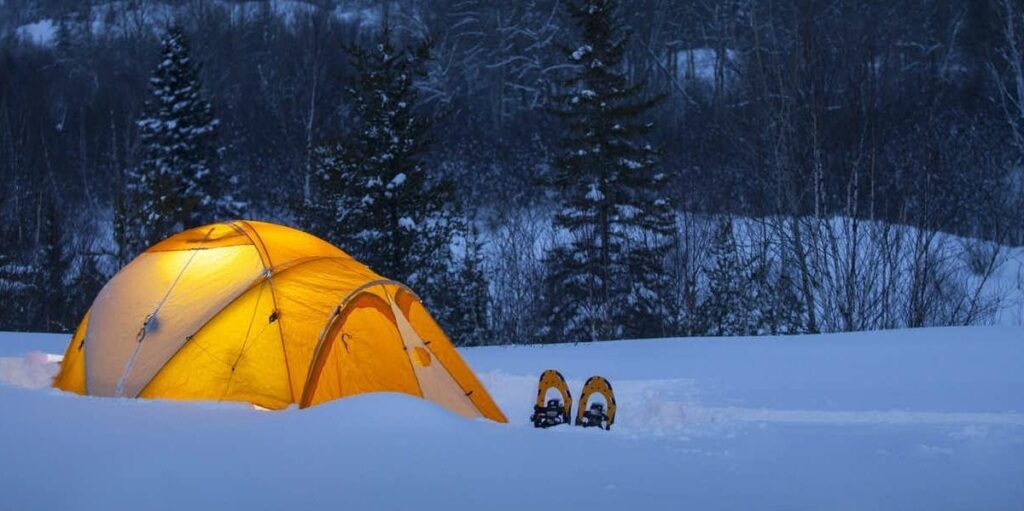Desert Camping Tips
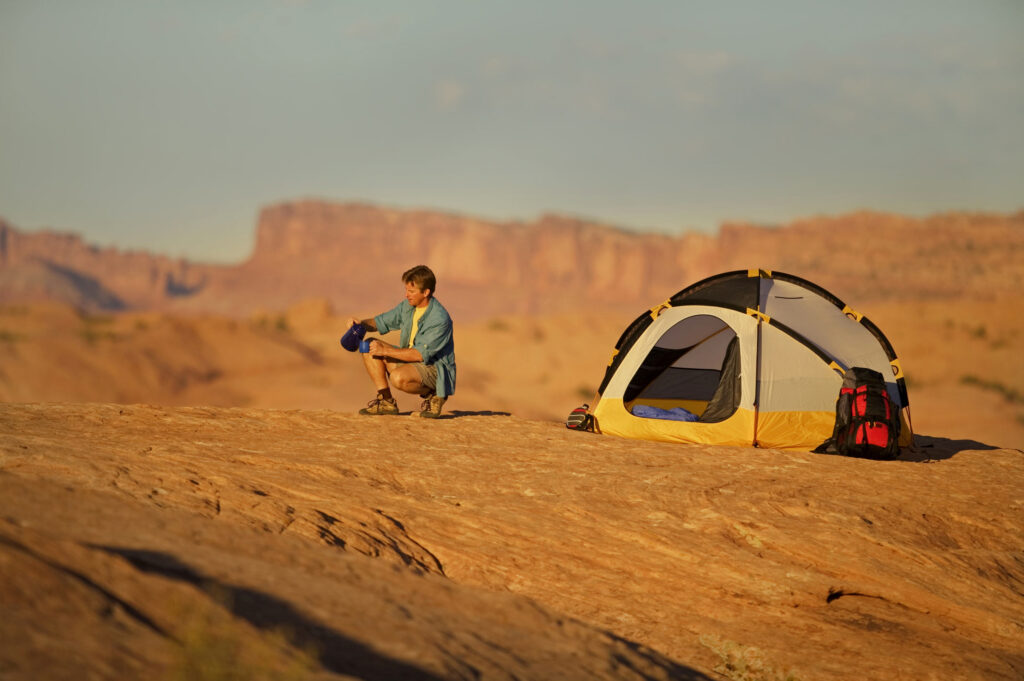
Desert camping offers a truly unique adventure, where you can experience vast landscapes, stunning sunsets, and star-filled skies. However, the desert environment presents its own set of challenges that require careful planning and preparation. These desert camping tips will help you have a safe, enjoyable, and unforgettable experience in the desert.
1. Choose the Right Gear for Desert Camping
In the harsh conditions of the desert, choosing the right gear is essential:
-
Sun Protection: The desert sun can be intense. Pack a wide-brimmed hat, sunglasses with UV protection, sunscreen, and lightweight, long-sleeved clothing to protect yourself from the sun.
-
Sleeping Bag: Even though the desert can be extremely hot during the day, temperatures can drop significantly at night. A sleeping bag rated for the season is necessary for comfort.
-
Sturdy Tent: Choose a durable, well-ventilated tent that can withstand desert winds. Make sure it’s breathable to avoid overheating during the day.
2. Stay Hydrated and Well-Fed
Desert camping requires extra care when it comes to hydration and food:
-
Bring Plenty of Water: The dry desert air can quickly dehydrate you, so always carry extra water—at least one gallon per person per day.
-
Energy-Efficient Meals: Pack high-energy, non-perishable food that’s easy to prepare. Consider freeze-dried meals, trail mix, and energy bars.
-
Avoid Caffeine and Alcohol: Caffeine and alcohol can contribute to dehydration, so stick to water and electrolyte-replenishing drinks.
3. Understand Desert Wildlife
The desert is home to unique wildlife, and it’s important to be aware of your surroundings:
-
Snakes and Scorpions: Be cautious of snakes and scorpions, which are common in the desert. Always check your shoes, sleeping bag, and tent for any unwelcome guests.
-
Other Wildlife: Desert animals like coyotes and rodents may be curious about your food. Store food in sealed containers and avoid leaving anything exposed.
4. Plan for Extreme Weather Conditions
Desert camping means preparing for extreme weather, both hot and cold:
-
Hot Days and Cold Nights: During the day, temperatures can exceed 100°F (38°C), but nighttime temperatures can drop below freezing. Layer your clothing and pack appropriate bedding to handle both extremes.
-
Dust Storms: Dust storms are common in desert environments. Ensure your tent is securely staked and consider using a windbreak to protect your campsite.
5. Take Advantage of Desert Activities
Desert landscapes offer unique outdoor activities for adventurous campers:
-
Stargazing: The desert’s clear skies provide perfect stargazing opportunities. Bring a telescope or simply lay back and enjoy the night sky.
-
Hiking and Exploration: Explore desert trails to discover unique rock formations, cacti, and wildlife. Be mindful of the heat and bring plenty of water on hikes.
-
Photography: The desert provides stunning views, from colorful sunsets to sweeping sand dunes. Don’t forget your camera to capture these moments.
6. Set Up a Safe and Comfortable Campsite
Safety and comfort are important when setting up camp in the desert:
-
Find Shade: During the day, set up your campsite in a shaded area or create your own shade using a tarp or canopy.
-
Proper Tent Setup: Ensure your tent is pitched securely, especially in areas that may experience sudden winds. Stake down your tent and use sandbags if necessary.
-
Fire Safety: If campfires are allowed, make sure they’re small and carefully monitored. In some desert regions, fire restrictions may be in place due to dry conditions.
7. Respect the Desert Environment
Leave the desert as you found it by following these simple guidelines:
-
Leave No Trace: Dispose of all waste properly and pack out everything you bring into the desert.
-
Stay on Trails: To protect the fragile desert ecosystem, stay on marked trails and avoid disturbing wildlife or plant life.
